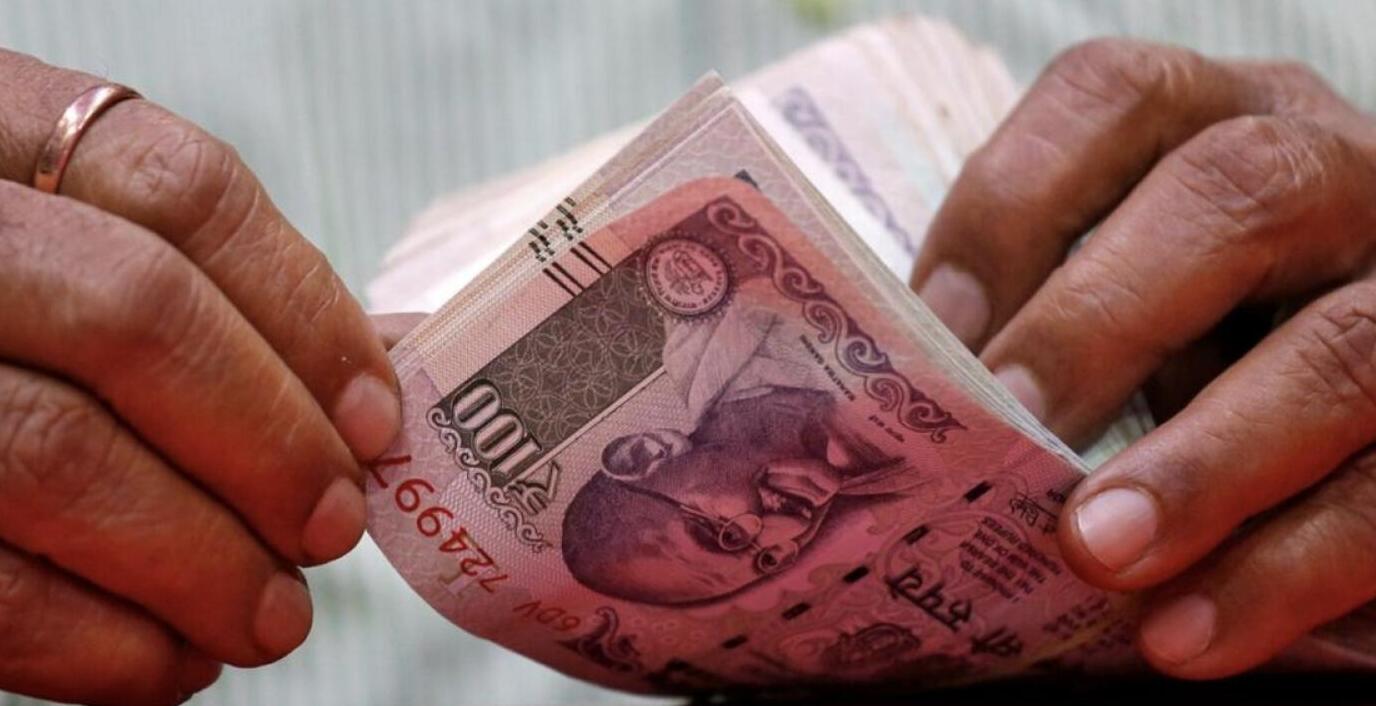On the first trading day of the week, the Indian rupee weakened against the UAE dirham.
On the first trading day of the week, the Indian rupee experienced a decline against the UAE dirham, signaling a possible shift in the currency market. According to currency experts, the rupee’s weakening is a result of a number of factors, including global market trends and domestic economic conditions.
The Indian rupee is one of the most widely traded currencies in the world, and is closely watched by investors and economists alike. Its value is affected by a range of factors, including global economic conditions, geopolitical events, and domestic economic policies.
The UAE dirham, on the other hand, is the official currency of the United Arab Emirates, a major oil-producing country and a hub for global trade and finance. Like the Indian rupee, the dirham is subject to a range of economic and political factors that can affect its value.
On the first trading day of the week, the Indian rupee weakened against the UAE dirham, with the exchange rate falling to a new low. This decline was driven by a number of factors, including a strengthening US dollar, a decrease in demand for Indian exports, and concerns over domestic inflation.
The US dollar is one of the most widely traded currencies in the world, and its value often serves as a benchmark for other currencies. In recent months, the dollar has been gaining strength against other currencies, including the Indian rupee. This has put pressure on the rupee, making it more expensive for Indian investors to buy foreign currency.
In addition to the strengthening US dollar, the Indian rupee is also facing headwinds from a decrease in demand for Indian exports. Many of India’s major export markets, including the United States and Europe, are experiencing slow economic growth and decreased demand for goods and services. This has led to a decrease in demand for Indian exports, which has put pressure on the rupee.
Finally, concerns over domestic inflation have also contributed to the rupee’s decline. Inflation in India has been rising steadily in recent months, driven by a range of factors including high oil prices, supply chain disruptions, and increasing demand for goods and services. This has raised concerns among investors and policymakers about the health of the Indian economy, and has put pressure on the rupee.
Despite the rupee’s weakening against the UAE dirham, there are indications that the Indian economy may be poised for growth in the coming months. The government has announced a range of measures to stimulate the economy, including investments in infrastructure, tax cuts for businesses, and financial support for small and medium-sized enterprises.
Additionally, India’s economy is expected to benefit from the global economic recovery, as major economies such as the United States and China continue to rebound from the COVID-19 pandemic. This is expected to increase demand for Indian exports, and to support economic growth more broadly.
In the meantime, currency traders and investors will be closely watching the exchange rate between the Indian rupee and the UAE dirham, as well as other major currencies. The global economic situation remains uncertain, and geopolitical events such as trade disputes and political tensions could continue to affect currency markets in unpredictable ways.
Despite these challenges, India’s economy remains one of the fastest-growing in the world, with a young and dynamic workforce, a large and growing middle class, and a diverse and vibrant business environment. As such, the country is expected to remain a key player in the global economy, and to continue to attract foreign investment and business in the coming years. India’s cities are also home to a large and growing pool of talented entrepreneurs and technology startups, many of which have gone on to become hugely successful internationally. With its strong economic fundamentals, India is well-positioned to continue this trend in the near future.





